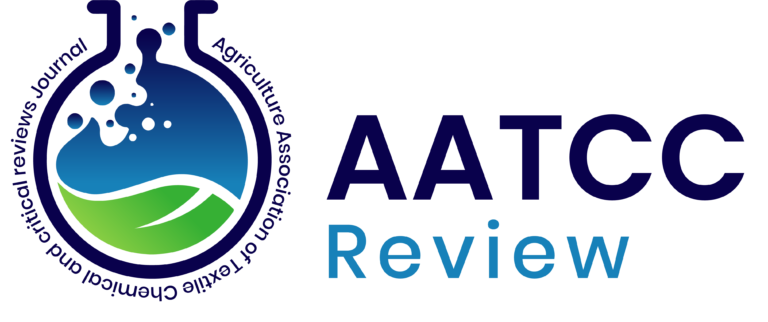Effect of tillage methods, irrigation and nitrogen management in wheat crop under sub-tropical condition of Jammu and Kashmir
DOI: https://doi.org/10.21276/AATCCReview.2025.13.02.66
Abstract
A two-year study was conducted to assess the impact of tillage practices, irrigation
methods, and nitrogen management on the growth and yield parameters of wheat in the sub-
tropical region of Jammu. The study found that conventional tillage significantly
outperformed zero tillage in terms of growth characteristics, with higher values recorded for
plant height (96.30 cm vs. 95.4 cm), number of tillers (367.27 vs. 352.70), leaf area (2.95 vs.
1.9), and dry matter accumulation (913.77 g/m² vs. 908.48 g/m²) at harvest. Among the
irrigation treatments, the modified Penman-Monteith irrigation method (I 3 ) produced the
highest growth parameters, including plant height (97.05 cm), tiller number (357.90), leaf
area (3.07), and dry matter accumulation (925.55 g/m²). Yield parameters were also superior
under conventional tillage, which recorded the highest spike length (11.6 cm), grain yield
(4287.18 kg/ha), and straw yield (6158.07 kg/ha), compared to zero tillage (10.35 cm,
3962.68 kg/ha, 5884.79 kg/ha, respectively). The I 3 irrigation method resulted in the highest
spike length (11.75 cm), grain yield (4731.25 kg/ha), and straw yield (6209.64 kg/ha).
Among nitrogen management practices, the Sensor-based Green Seeker (N 3 ) application led
to the highest spike length (12.4 cm), grain yield (4872.92 kg/ha), and straw yield (6306.98
kg/ha).
Based on these findings, it is concluded that the combination of conventional tillage,
Penman-Monteith-based irrigation, and sensor-based Green Seeker nitrogen management is
the optimal strategy for enhancing wheat growth and yield in the sub-tropical region of
Jammu & Kashmir.
PDF: View / Download
